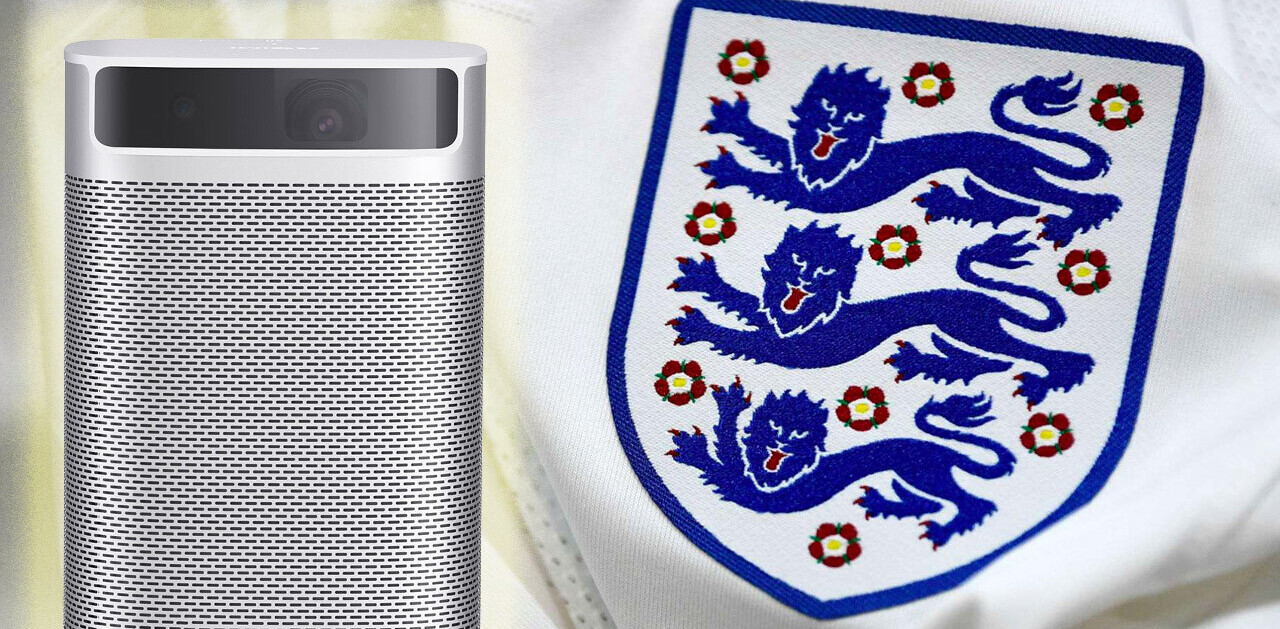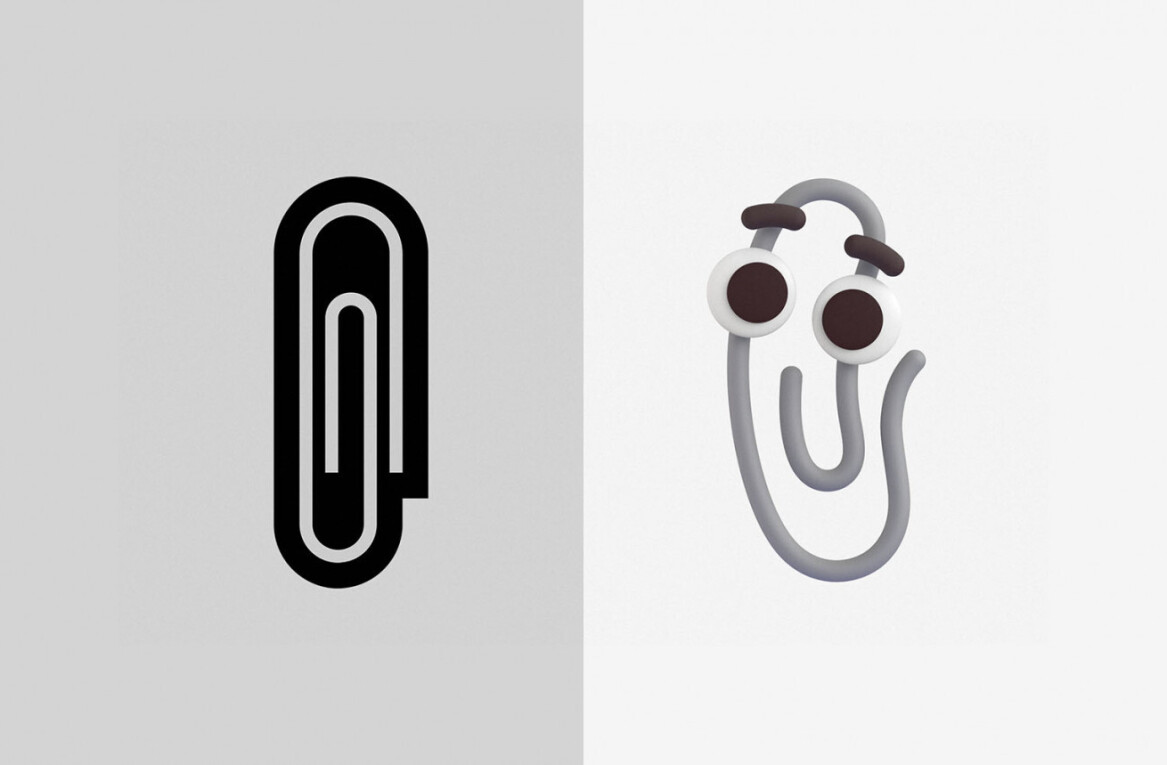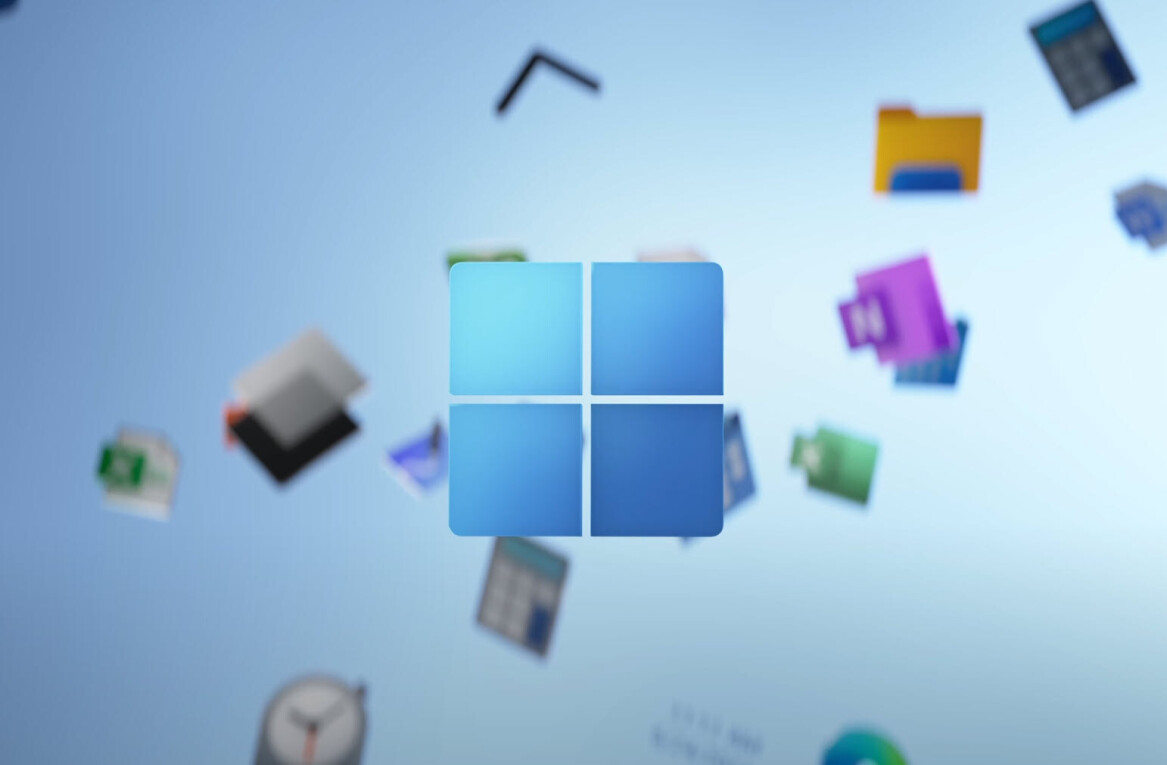
Last week, I wrote about the imminent wave of smart glasses that we’ll soon see on store shelves, now that the likes of Intel, Vuzix, Epson, Garmin, and several others are getting in on the game.
Now, The Verge has got a close look at what Intel’s been working on, and the company has plenty of good ideas: its Vaunt glasses are only slightly bulkier than regular spectacles, they don’t have creepy cameras, and they use a low-power laser to display your notifications just below your line of sight. Glance at them and they’re visible; look away, and they simply vanish.

As Dieter Bohn noted in his coverage, Intel is thinking less about pushing a cutting-edge device onto customers right now than it is about figuring out how to create an “in between” display, and an open platform that could be far more useful down the line than it will be if launched right away.
Itai Vonshak, head of products for Intel’s New Devices Group (NDG) and the designer of the ingenious timeline interface on Pebble smartwatches, shared an interesting thought:
When I saw the first smartphone, I didn’t go and say, ‘wow, ride-sharing, that’s going to happen. But the fact is, ride-sharing would have never happened without smartphones. We’re excited about this because it enables new use cases for developers to come up with.
Fair enough: there’s nothing wrong with building for the future. What I’m concerned about is brands rushing to be first out of the gate with their smart glasses, with no real use case – and with several others following in quick directionless pursuit.
I won’t be surprised to see vapid ads for smart glasses touting ‘access to your notifications at a glance – literally!’ a few months from now, followed by reports of low sales. The fact is that these glasses, like other wearables and personal devices, will need killer augmented reality apps that make them appear desirable or essential – more so than the AR capabilities that your phone already manages. And there are already plenty of people who could use such a device.

So what could the killer app for smart glasses look like? Enterprise use makes a lot of sense: they can help people keep their eyes on the job at hand on factory floors, in hospitals, and in warehouses. Google already has that covered, having partnered with a number of firms to customize its revamped Glass hardware and software to meet the needs of large businesses.
I imagine that, with the addition of AR capabilities, as well as features like voice assistants and bone-conduction audio, such glasses could help the visually impaired get around cities, and all manner of indoor and outdoor environments more easily. Whether they’re prescribed glasses by optometrists or if they wear sunglasses to avoid discomfort from sunlight, as some blind people do, these devices could prove to be a useful alternative that makes life easier with things like audio cues for navigation.
Ideally, hardware brands and developers should focus on identifying the strengths of this new platform and play to them, instead of simply enabling the most obvious functionality and hoping customers will hop on the bandwagon. Sure, your new glasses might help you read alerts without looking at your phone, but they might also become the next constant distraction in your life.
We’ve already got quite a few non-essential device categories in the market today – voice-activated speakers and smartwatches, to name just a couple. There’s certainly potential, but in most situations, they aren’t better than your phone at helping you with most tasks.
While Intel and Vuzix have made great strides in tackling the issues of wearability and displaying visual content painlessly in their upcoming products, the next step for them should be to focus on unlocking the potential of augmented reality. I believe the answer lies somewhere beyond bringing social network notifications and Star Wars holograms into your field of view – and we’re not too far off from getting it right.
Get the TNW newsletter
Get the most important tech news in your inbox each week.




